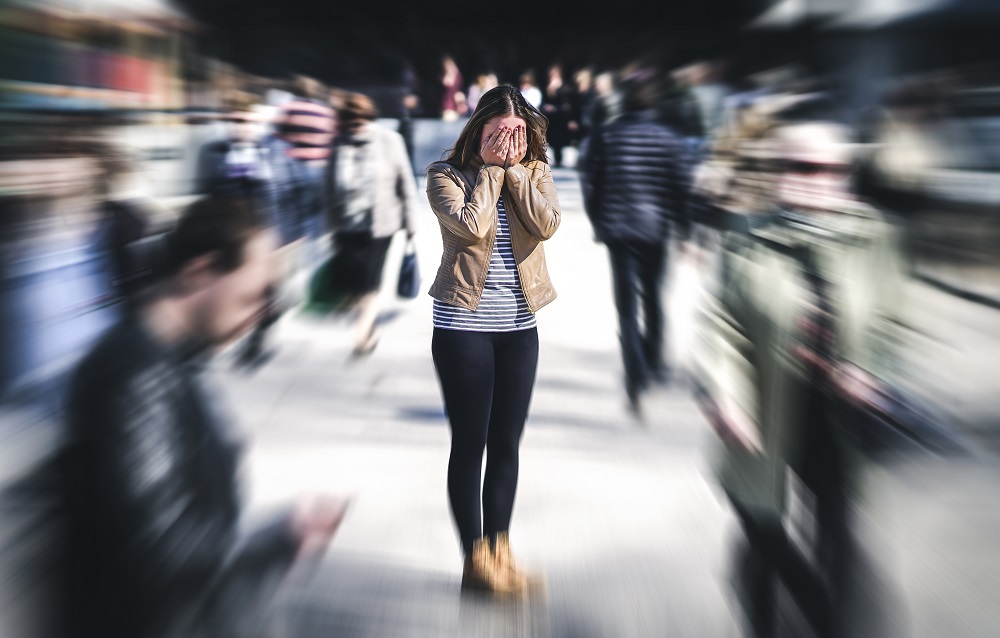About the panic attack
"I was walking with two friends at sunset. The sky turned red as blood. I stopped and leaned against a fence, feeling, inexplicably, extremely tired. Tongues of fire and blood stretched across the blue fjord. My friends continued to walk, while I was left behind, trembling with fear. Then I heard the enormous, infinite scream of nature. " Edvard Munch
This is what the panic attack looks like: a distinct period of time, of about 20-30 minutes, characterized by the sudden and unpredictable appearance of an episode of intense anxiety and discomfort (reaching the maximum level of intensity in about 10 minutes), accompanied by other neurovegetative manifestations. that:
- palpitations, strong heartbeat or accelerated heart rate
- precordial pain or discomfort
- shortness of breath or suffocation
- nausea, or abdominal discomfort
- sweating
- tremor or tremors
- chills or heat waves
- dizziness, imbalance, fainting
- feelings of depersonalization and derealization
- fear of going crazy or losing control
- imminent fear of death
Panic attack is a mental suffering with a strong somatic resonance, being a pathology that primarily affects the body, hence the numerous requests to the emergency rooms of other specialties, especially cardiology. Because panic attacks can recur, the patient develops a kind of anticipatory anxiety, worrying, being constantly worried about the context of the next panic attack.
From a psychodynamic point of view, the panic attack represents a collapse of the defensive system of the psychic apparatus, at different levels, a collapse that can take place in different periods of crisis in the individual's life.
Every person lives the panic attack in his own and personal way, depending on his life history, the current conditions of his existence, risk factors, support factors, hostility or warmth of the environment in which he leads his existence, etc. .
The exact causes of the panic attack are not known, but there are risk factors involved in the etiology of the panic attack:
- genetic
- more susceptible temperaments, people with attachment disorders
- stressful life events: separation, loss / death of a loved one or one's own freedom, etc.
- physical or sexual abuse in childhood
The psychiatrist / psychotherapist must carefully investigate the circumstances of the panic attacks, and together with the patient determine the importance of psychic factors in the patient's life history that may be relevant to the onset of the crisis. It is important for the patient to be able to make connections, connections between the anxiety of the panic attack and the various events in his life, in order to understand the meaning of his suffering.
Patients with panic disorder need - most of the time - a combination of pharmacological treatment and psychotherapy. While drug treatment is focused on reducing neurovegetative symptoms, psychoanalytic therapy aims to help the patient develop anxiety, to get rid of them and help him develop and grow emotionally.
Untreated, this mental suffering tends to become chronic and complicate with depression (in 65% of cases), with the consumption of alcohol or other substances (40% of cases), with other phobic complications, the most serious and disabling being agoraphobia, social, economic complications, etc.

